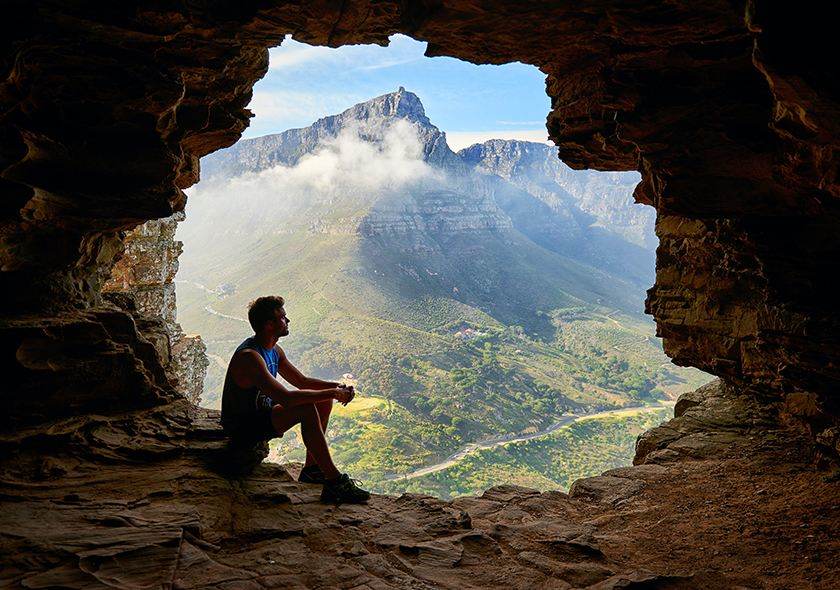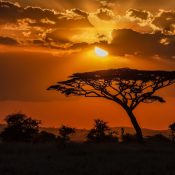Unveiling the Extraordinary: Annual Wildebeest Migration in Kenya

Unveiling the Extraordinary: Annual Wildebeest Migration in Kenya
Welcome to an awe-inspiring journey into the heart of East Africa, where the world’s most captivating wildlife spectacle unfolds—the Annual Wildebeest Migration in Kenya. At Orusa Tours, we are dedicated to providing you with a captivating and comprehensive guide to this remarkable natural phenomenon. In this extensive article, we will delve deep into the origins, timing, dramatic river crossings, prime viewing locations, and the vital conservation efforts that safeguard this awe-inspiring event.
Table of Contents
- Introduction
- Origins of the Migration
- Timing: Nature’s Perfect Rhythm
- The Great Mara River Crossing
- Prime Viewing Locations
- Conservation Initiatives
- Photography Opportunities
- Cultural Significance
- Planning Your Journey
- Conclusion
Introduction
The annual wildebeest migration in Kenya is not just a wildlife spectacle; it’s a testament to the grandeur of the natural world. Every year, over two million wildebeests, accompanied by zebras and gazelles, embark on an epic journey across the vast East African savannas, covering a staggering 1,800 miles. This remarkable event serves as a powerful reminder of the intricate dance between life and survival on the African plains.
Q: What month is the great migration in Kenya?
A: The great migration in Kenya typically occurs between July and October, a period when the plains are transformed into a theater of nature’s grandeur.
Origins of the Migration
The roots of this extraordinary migration delve deep into the evolutionary history of these remarkable creatures. The journey commences in the southern Serengeti of Tanzania, where immense herds gather. As the dry season looms and food becomes scarce, the wildebeests heed their innate call to embark on the northward journey to Kenya’s Maasai Mara. This migration is a testament to the ancient instincts of these creatures, an innate urge to seek out greener pastures, an instinct that has been passed down through generations.
Q: Why do wildebeest migrate from Kenya to Tanzania?
A: Wildebeests migrate from Kenya to Tanzania in search of fresh pastures and water sources. The dry season in the southern Serengeti prompts them to move northward, a journey ingrained in their survival strategy.
Timing: Nature’s Perfect Rhythm
The timing of the migration is a symphony orchestrated by nature itself. Typically occurring between July and October, it hinges on the onset of rains and the availability of fresh pastures. As the first drops of rain quench the parched land, lush greenery emerges, serving as a beacon for the migrating herds. Witnessing the synchronized movement of thousands of wildebeests across the savanna is a profound testament to the harmony of the natural world. This timing also attracts a host of predators, making it a dramatic event where life and death hang in the balance.
Q: What month is the wildebeest migration?
A: The wildebeest migration usually takes place between July and October, aligning with the rainy season when the landscape transforms into a lush paradise.
The Great Mara River Crossing
One of the most heart-pounding episodes of the migration is the Great Mara River Crossing. This breathtaking spectacle is both dramatic and perilous, as wildebeests confront treacherous, crocodile-infested waters. Many brave this challenge successfully, while others become a somber part of the circle of life in the African wilderness. The river crossings are a spectacle of bravery, desperation, and the relentless pursuit of survival. They are the crescendo of this grand journey, where nature’s drama plays out in all its glory.
Q: What is the wildebeest migration in Maasai Mara?
A: The wildebeest migration in Maasai Mara is a captivating natural event where millions of wildebeests, zebras, and gazelles traverse the savannas of East Africa, particularly crossing the Mara River in search of better grazing lands. It is a breathtaking display of nature’s power and drama.
Prime Viewing Locations
For those eager to witness this grand spectacle up close, Kenya offers a myriad of prime viewing locations:
Maasai Mara National Reserve
The Maasai Mara, often referred to as the stage of the wildebeest migration, boasts expansive grasslands that provide an ideal backdrop for this natural drama. Here, visitors can embark on thrilling game drives and witness wildlife in its purest form. The Maasai Mara’s name is synonymous with this migration, and it’s here that you’ll witness the full scope of this incredible journey.
Serengeti National Park
Though not within Kenya, the Serengeti in Tanzania plays a pivotal role in the migration. It serves as the stage where the southern Serengeti herds converge before their northward odyssey, offering a chance to witness the migration’s early phases. The Serengeti’s vast plains provide an expansive canvas for the wildebeest migration, and the landscape teems with life.
Mara River
The Mara River is the setting for the iconic river crossings. Tourists flock to the riverbanks to witness this heart-pounding spectacle and capture it through their lenses. The Mara River is where the migration encounters its greatest obstacle, and it’s a testament to the wildebeests’ determination and the challenges they face.
Conservation Initiatives
The wildebeest migration faces multifaceted challenges, including habitat loss and poaching. Conservation organizations and Kenyan government bodies are unwavering in their commitment to safeguard this natural wonder. Measures are in place to ensure the sustainability of the migration for generations to come. Protecting the migratory routes and the habitats of these animals is a critical endeavor that requires a unified effort.
Photography Opportunities
For photography enthusiasts, the annual wildebeest migration is a dream come true. The spectacle offers an abundance of captivating moments, from dramatic river crossings to intimate wildlife interactions. It’s an opportunity to capture the essence of the African wilderness in its most unfiltered form. The lighting, the action, and the sheer scale of the migration make it a photographer’s paradise. Every click of the camera tells a story of the wild, and every frame captures the essence of this remarkable event.
Cultural Significance
The wildebeest migration holds immense cultural significance for the Maasai people, who have coexisted with these animals for generations. Their traditions and rituals are deeply intertwined with the migration, adding another layer of intrigue to this natural phenomenon. The Maasai people view the wildebeest migration as a symbol of life and renewal, and their cultural celebrations during this time are a testament to their deep connection with the land and its creatures.
Planning Your Journey
If you’re considering embarking on this incredible journey to witness the annual wildebeest migration, meticulous planning is essential. From choosing the right time to selecting accommodations and booking guided tours, we’ve got you covered with invaluable tips and recommendations. This journey requires careful preparation to ensure that you make the most of this once-in-a-lifetime experience.
Conclusion
In conclusion, the annual wildebeest migration in Kenya is a mesmerizing journey that transcends the boundaries of the animal kingdom. It’s a testament to the wonders of the natural world and a powerful reminder of the importance of conservation. At [Your Company Name], we invite you to become part of this awe-inspiring spectacle and create memories that will last a lifetime.
As you prepare to embark on this adventure, remember to prioritize responsible and sustainable tourism practices to protect this extraordinary natural phenomenon. Join us in celebrating the marvels of the wild in Kenya. Witnessing the wildebeest migration is not just a journey through a physical landscape; it’s a voyage through time, an immersion in nature’s greatest drama, and an opportunity to connect with the profound beauty of our planet.
Don’t miss the chance to witness the magic of the wild. Start planning your adventure today!
All Categories
Recent Posts
Friendly Holiday Destinations in Kenya for 2024
Discover Magical Kenya: Top 5 Holiday Destinations for 2024
A Romantic Safari Getaway: Celebrate Valentine’s Day in Maasai Mara




